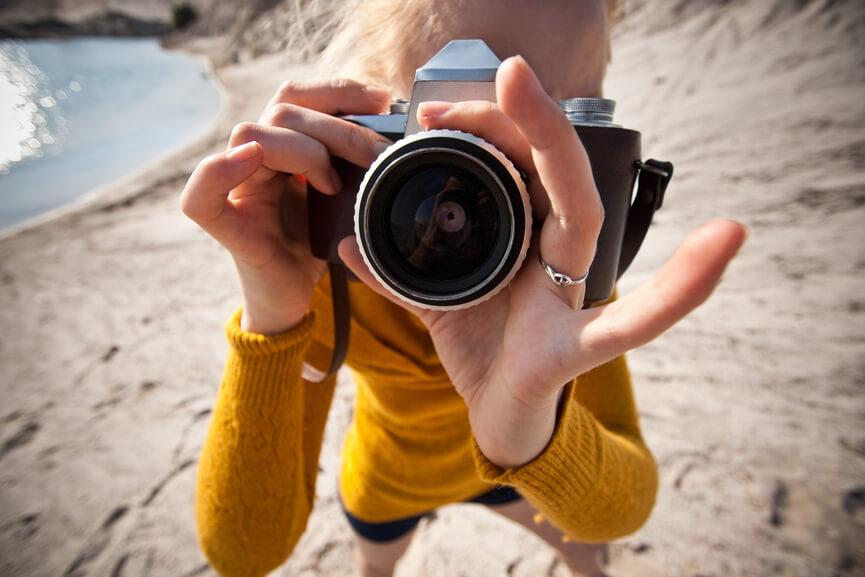
Image SEO is an underrated component of digital marketing campaigns. Adding images to your blog content, website pages, and online presence creates a more visually stimulating experience for readers and helps draw them in to your written content. It’s also an important step in optimizing your pages for search engines. For many site owners, SEO focuses mostly on the technical structure of how websites are organized and what the written content includes. But optimizing your images can provide another important channel to bring organic search traffic to your page. Here’s what you need to know about the fundamentals of image SEO.
How to name your images
Images should be named to incorporate the specific, descriptive keywords you want to optimize for. This is because search bots looking for a specific keyword will not only search through the net for that individual keyword, but also for images whose image file name features the term. For example, if you’ve got an amazing sunset photograph of Mt. Fuji on your travel website and you’re trying to promote sunset tours to Mr. Fuji, ensure your image is named ‘Mt. Fuji-sunset-tour’ to help draw organic search traffic. The naming convention of your image files is deceptively easy, but also extremely important.
How to optimize your Alt Tags
One of the more important aspects of image optimization is the optimization of your image’s Alt tag. An alt tag is a text alternative that is used to describe what’s in the picture. If for some reason an image doesn’t open, the alt tag is instead displayed. As the image opens slowly, the alt tag is visible when you hover over the image. It’s also what is used, in part, by a search engine to determine the content of a specific photo. An alt tag works by associating a keyword with an image, which is in term used by search engines to serve up relevant imagery in response to specific keyword searches. Alt tags are one of the most important elements for optimizing your website’s visual content.
Using different product angles and image dimensions
Another element to think through with regard to visual SEO is how you’re presenting your products. Even if your product files have keyword specific file names and alt tags, it’s also important and helpful to think about your visual representation. If you’re selling a shoe, for example, you probably want to show it from the front, from the side and from the bottom. You also want to show the label inside the shoe, as well as a close-up of the stitching design. To do this, you need different images with different Alt tags to optimize the product for the search engines. This ensures that you’ll be a match for many people looking for slightly different variations on your search, thus getting more traffic to your website. Taking a diverse approach to your product photography also helps improve the customer experience.
Using Your Image on Social Networking Sites
There are different factors that need to be taken into account when optimizing your image on social networking sites. Facebook has a unique search algorithm known as the Open Graph Protocol which is similar to the Schemas Protocol used by other search engines. To optimize your image for this protocol, you need to specify your image and formulate an Open Graph Code which will give all website information when anyone clicks on the Facebook Like button on your website. This way, your image will pop up when someone searches for a specific keyword. Each network has its own approach. Follow basic best practices and consult with an expert if you need additional assistance in optimizing your images for priority social networks.
Are you ready to determine if the fundamentals of image SEO can help you achieve your digital marketing goals? Contact Be Locally SEO today to arrange for a personalized consultation.
